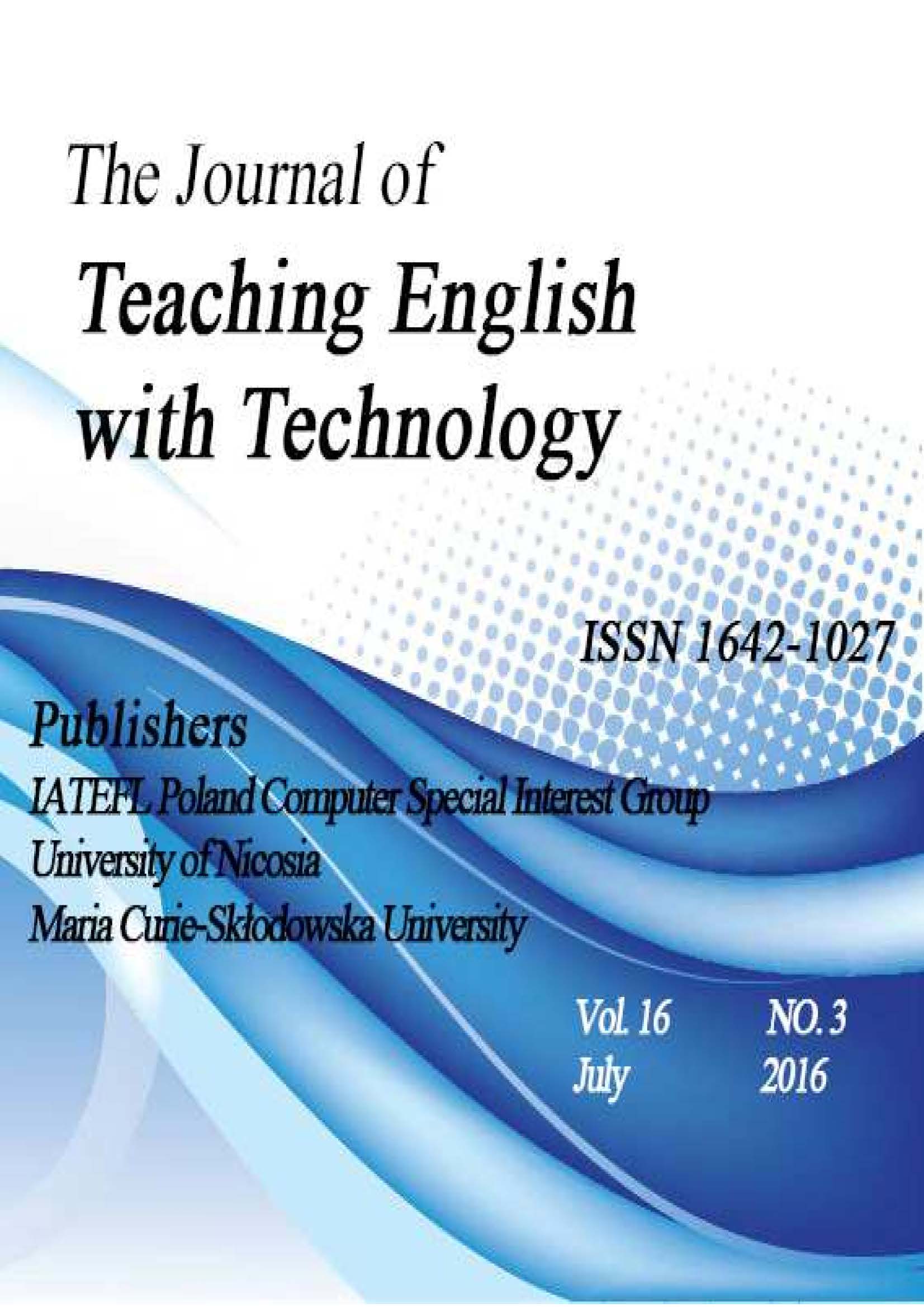TEACHING A FOREIGN LANGUAGE IN A DESKTOP VIDEOCONFERENCING ENVIRONMENT
TEACHING A FOREIGN LANGUAGE IN A DESKTOP VIDEOCONFERENCING ENVIRONMENT
Author(s): Krzysztof KotułaSubject(s): Language and Literature Studies, Foreign languages learning
Published by: IATEFL Poland Computer Special Interest Group and The University of Nicosia
Keywords: CALL; distance learning; Skype; private tuition
Summary/Abstract: This paper aims to explore how language instructors teach with a synchronous multimodal setup (Skype). It reports on findings from research which evaluated how teachers use technologies to enable them to work in distance learning contexts. A total of 124 teachers (86 female and 38 male), offering online private lessons, were asked to complete a survey in which they were asked to describe the advantages and disadvantages of Skype, as well as to enumerate functions they consider are missing in this tool. They were also invited to share their opinions about most efficient models of language learning and teaching. The results show Skype is, on the whole, judged by teachers as a valuable tool in the context of distance language learning. Its use in teaching, nevertheless, has some limitations, which stem from various factors, such as IT infrastructure weaknesses (e.g. interrupted connections), lack of some functions (e.g. supervising the content of the learner’s screen) or the specific nature of contact with the interlocutor (the lack of a possibility to interact in a common space).
Journal: Teaching English with Technology
- Issue Year: 16/2016
- Issue No: 3
- Page Range: 37-51
- Page Count: 15
- Language: English

